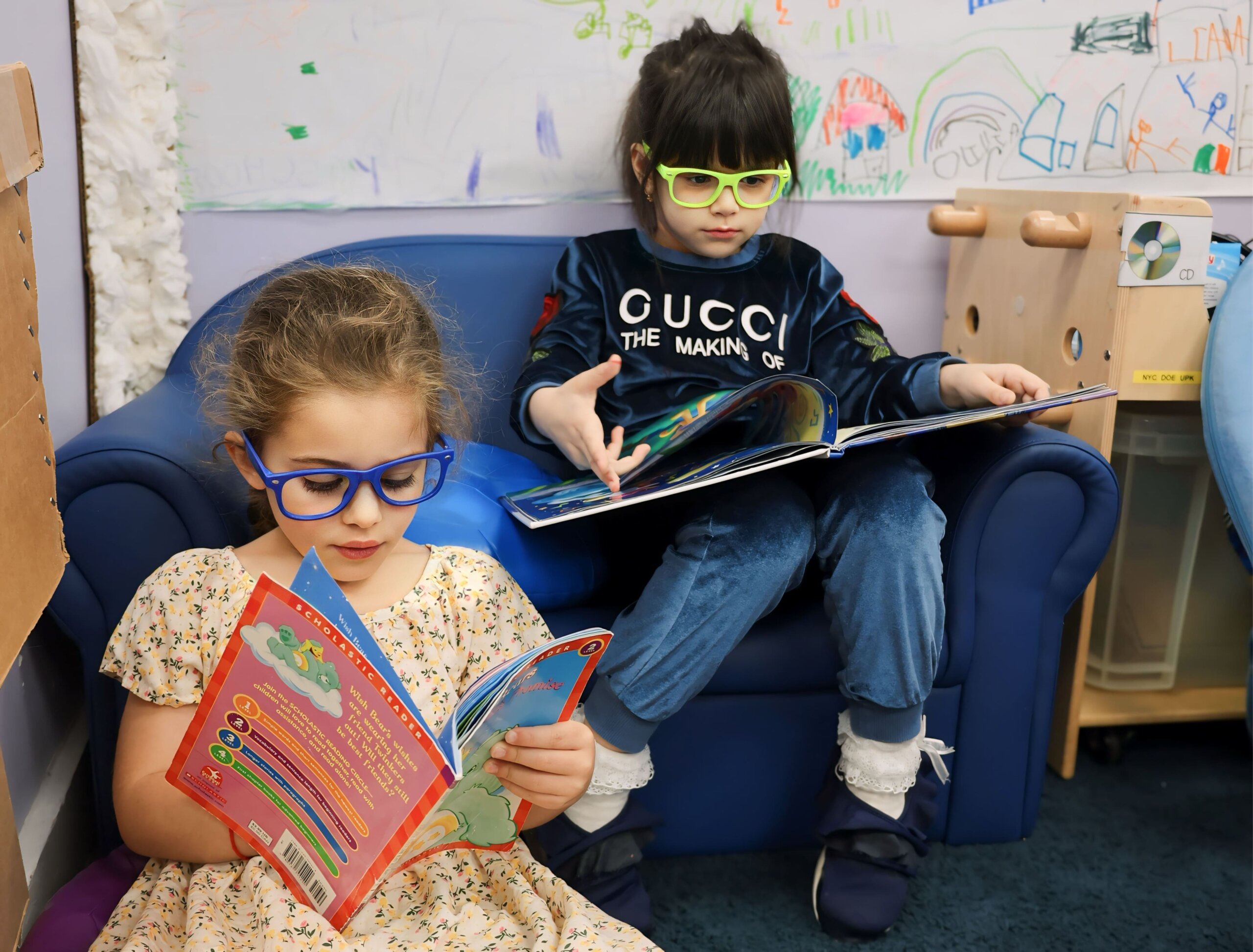Interactive Story Time and Read-Aloud Content: Complete Guide for Parents and Educators
Interactive Story Time and Read-Aloud Content: Complete Guide for Parents and Educators

Interactive story time and read-aloud content transforms traditional reading into an engaging, educational experience that captivates young minds while building essential literacy skills. Whether you're a parent seeking bedtime story inspiration or an educator looking to enhance classroom learning, understanding how to make reading interactive creates lasting memories and accelerates child development.
Table of Contents
The Transformative Benefits of Interactive Story Time
Interactive story time goes far beyond simple reading—it creates immersive experiences that stimulate multiple learning pathways simultaneously. Research consistently shows that children who engage with interactive read-aloud content develop stronger vocabulary, improved comprehension skills, and enhanced emotional intelligence compared to passive listeners.

Cognitive Development Through Engaged Reading
When children actively participate in storytelling, their brains form stronger neural connections. Interactive elements like character voices, sound effects, and movement activities activate multiple sensory pathways, creating rich learning experiences that traditional reading cannot match. This multi-sensory approach particularly benefits children with different learning styles, ensuring every child can connect with the content.

Proven Interactive Reading Techniques That Captivate Young Audiences
Voice Modulation and Character Development
The foundation of engaging read-aloud content lies in dynamic voice work. Skilled readers create distinct voices for each character, adjusting pitch, tone, and speaking pace to match personalities and emotions. This technique helps children distinguish between characters and understand narrative structure while keeping them thoroughly engaged throughout the story.
Pause-and-Predict Strategies
Strategic pausing at crucial story moments encourages children to predict outcomes, analyze character motivations, and engage in critical thinking. This technique transforms passive listeners into active participants who invest emotionally in story outcomes. Research shows that prediction activities significantly improve reading comprehension and retention rates.

Movement and Gesture Integration
Incorporating physical movements that mirror story actions helps kinesthetic learners connect with content while providing energy release for restless children. Simple gestures like flapping arms for flying characters or marching in place during adventure scenes create memorable, multi-sensory experiences that enhance story comprehension and enjoyment.
Leading Digital Platforms Revolutionizing Read-Aloud Experiences
Storyline Online: Celebrity-Powered Reading
This Emmy-nominated platform features famous actors reading beloved children's books, combining star power with high-quality storytelling. The professional production values and recognizable voices create engaging experiences that hold children's attention while introducing them to classic and contemporary literature. Each story includes educational activity guides for extended learning.

Vooks: Animated Storybook Streaming
Vooks transforms traditional picture books into animated experiences with professional narration, bringing static illustrations to life through gentle animation. This platform bridges the gap between books and screen time, offering ad-free content that maintains educational value while providing visual stimulation that appeals to digital natives.
Epic Digital Library
Epic's vast collection includes thousands of read-aloud titles across various genres and reading levels. The platform's advanced filtering options help parents and educators find age-appropriate content while tracking reading progress and comprehension through built-in assessments and interactive features.

Age-Appropriate Content Selection Guidelines
Toddlers and Preschoolers (Ages 2-4)
Young children thrive with simple, repetitive stories featuring bold illustrations and familiar concepts. Interactive elements should include basic movements, simple sound effects, and opportunities for repetition. Popular choices include counting books, animal stories, and daily routine narratives that connect to their lived experiences.
Early Elementary (Ages 5-7)
This age group can handle more complex narratives with multiple characters and plot developments. Interactive elements can include character analysis discussions, prediction activities, and creative extensions like drawing or role-playing story scenes. Adventure stories, friendship tales, and beginning chapter books work exceptionally well.

Upper Elementary (Ages 8-10)
Older elementary students appreciate sophisticated interactive elements including deeper discussion questions, character motivation analysis, and connections to real-world events. They can engage with longer narratives, fantasy worlds, and stories that explore complex themes like friendship, perseverance, and personal growth.
Effective Classroom Implementation Strategies
Creating Interactive Reading Environments
Successful classroom story time requires thoughtful environmental design that promotes engagement and participation. Comfortable seating arrangements, appropriate lighting, and minimal distractions create optimal conditions for focused listening. Many educators find that designated "story rugs" or cozy reading corners help establish appropriate behavioral expectations.

Differentiation Strategies for Diverse Learners
Effective interactive story time accommodates various learning needs through multiple engagement strategies. Visual learners benefit from book illustrations and gesture-based activities, while auditory learners thrive with varied vocal expressions and sound effects. Kinesthetic learners need movement opportunities and hands-on extensions that bring stories to life.
Essential Technology Tools and Resources
Audio Enhancement Equipment
Quality audio equipment significantly improves read-aloud experiences, especially in classroom settings. Wireless microphones, portable speakers, and noise-canceling headphones help ensure every child can clearly hear story content. Many modern classrooms integrate interactive whiteboards that display book illustrations while playing professional narration.

Mobile Apps and Platforms
Numerous mobile applications offer high-quality read-aloud content with interactive features. Apps like Novel Effect add sound effects and music to physical books, while platforms such as Hoopla and OverDrive provide access to extensive digital audiobook libraries. These tools make interactive story time accessible anywhere, anytime.
Creating Your Own Interactive Read-Aloud Content
Planning and Preparation Strategies
Creating engaging read-aloud content begins with careful story selection and thorough preparation. Choose books with rich vocabulary, compelling characters, and themes that resonate with your audience. Practice reading aloud multiple times, identifying natural pause points, voice changes, and opportunities for audience interaction.

Recording and Production Tips
For those creating digital read-aloud content, invest in quality recording equipment and quiet recording environments. Use consistent pacing, clear articulation, and appropriate volume levels. Consider adding subtle background music or sound effects to enhance atmosphere without overwhelming the narrative voice.
Research-Backed Benefits of Interactive Reading
Educational research consistently demonstrates that interactive read-alouds produce superior learning outcomes compared to traditional reading methods. Studies show improvements in vocabulary acquisition, comprehension skills, and critical thinking abilities. Children exposed to interactive storytelling also develop stronger emotional intelligence and social skills through character analysis and group discussions.

Building Community Through Shared Stories
Interactive story time creates powerful bonding experiences between adults and children while fostering classroom community among peers. Shared story experiences provide common reference points for discussions, creative projects, and social interactions. Many families report that regular interactive reading sessions strengthen relationships and create cherished memories.

Professional Development for Educators
Educators seeking to improve their interactive reading skills can access numerous professional development resources. Workshops, online courses, and mentorship programs help teachers master voice techniques, story selection strategies, and classroom management during read-aloud sessions. Many school districts now provide specialized training recognizing the importance of high-quality interactive reading instruction.
Frequently Asked Questions About Interactive Story Time
How long should interactive story sessions last?
Session length varies by age group: toddlers (10-15 minutes), preschoolers (15-20 minutes), and elementary students (20-30 minutes). Quality engagement matters more than duration—adjust timing based on audience attention and interest levels.
What makes a book suitable for interactive reading?
Ideal interactive read-aloud books feature engaging plots, distinct characters, rich vocabulary, and natural pause points for discussion. Books with repetitive elements, predictable patterns, or opportunities for audience participation work exceptionally well.
How can I engage reluctant listeners during story time?
Use dynamic voice work, incorporate movement activities, choose books matching children's interests, and provide opportunities for active participation. Sometimes changing seating arrangements or offering fidget tools helps restless children focus better.
Are digital read-alouds as effective as in-person reading?
While in-person reading allows for real-time interaction and adaptation, high-quality digital read-alouds offer professional production values and accessibility benefits. The most effective approach often combines both formats based on specific needs and circumstances.
How often should we have interactive story time?
Daily reading is ideal, but consistency matters more than frequency. Establish regular routines whether daily, several times weekly, or weekly. Consistent exposure builds anticipation and helps children develop strong reading habits.
Can interactive story time help children with learning differences?
Absolutely. The multi-sensory nature of interactive reading particularly benefits children with ADHD, autism, dyslexia, and other learning differences. Different engagement strategies accommodate various learning needs and processing styles.

Conclusion: Transforming Reading Through Interactive Engagement
Interactive story time and read-aloud content represent powerful tools for nurturing literacy, building relationships, and creating joyful learning experiences. By incorporating dynamic reading techniques, leveraging digital platforms, and adapting content for different age groups, parents and educators can transform ordinary reading sessions into extraordinary educational adventures.
The investment in interactive reading pays dividends through improved literacy skills, stronger emotional connections, and lifelong love of learning. Whether implementing classroom programs or establishing family reading traditions, the techniques and resources outlined in this guide provide solid foundations for success.
Ready to revolutionize your approach to story time? Start by selecting one or two interactive techniques to try this week. Choose age-appropriate content from recommended platforms, create engaging reading environments, and watch as children's enthusiasm for reading grows exponentially. Remember, every great reader's journey begins with a single, captivating story—make yours unforgettable through the magic of interactive storytelling.


